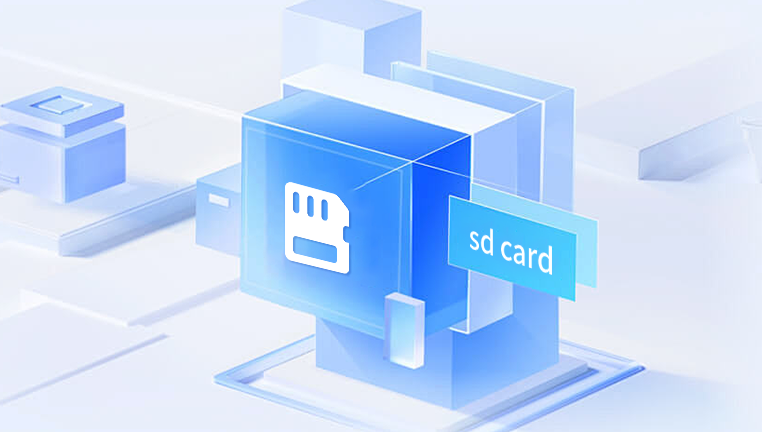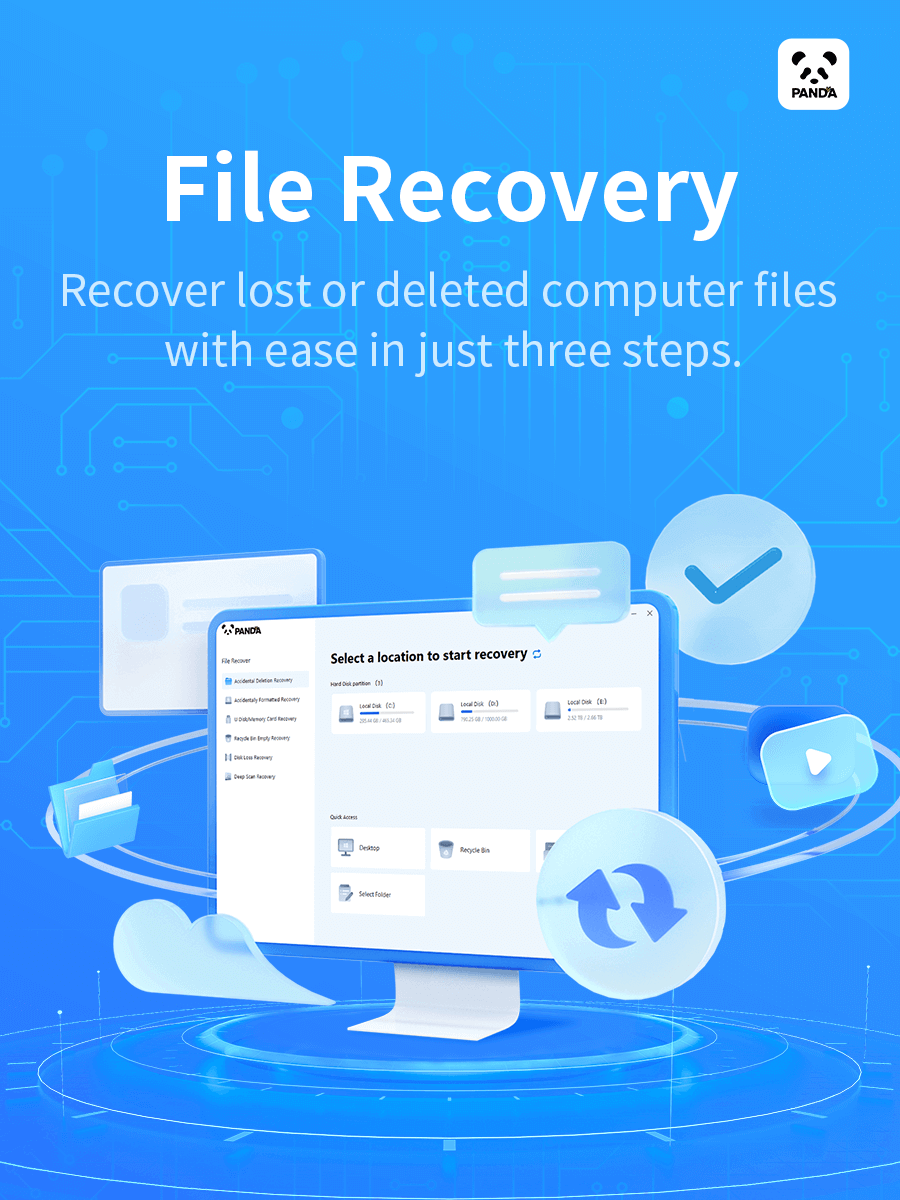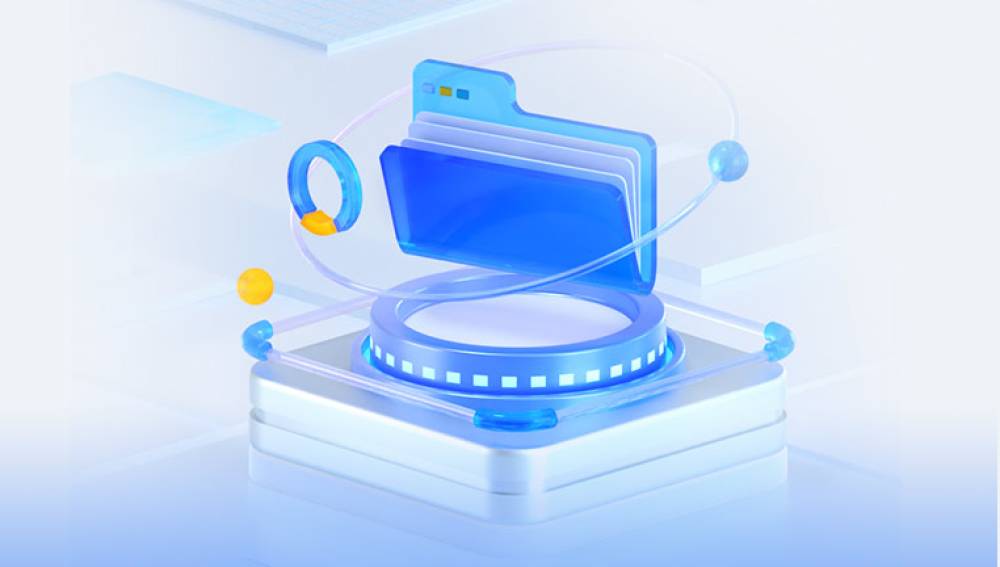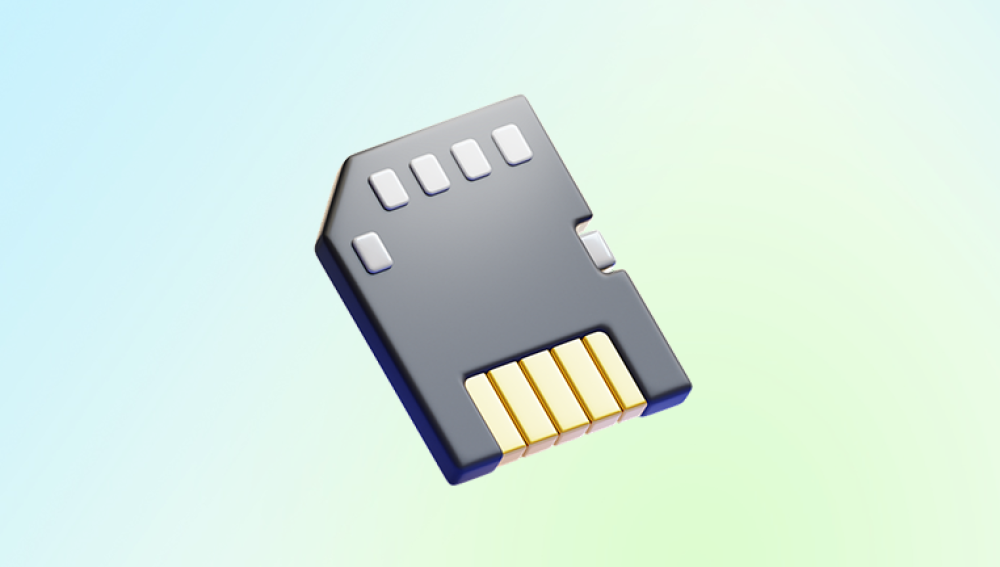Method 1: Use Data Recovery Software
Popular Data Recovery Software
Drecov Data Recovery is a professional data recovery software that specializes in restoring lost files from a variety of storage devices, including hard drives, SSDs, USB flash drives, SD cards, and external storage devices. Whether your data was lost due to accidental deletion, formatting, system crashes, or even virus attacks, Drecov Data Recovery employs advanced algorithms to scan, detect, and restore your files with high success rates.
Key Features of Drecov Data Recovery
Comprehensive File Recovery
Drecov Data Recovery supports the retrieval of a wide range of file types, including documents, photos, videos, audio files, emails, and more. No matter what type of data you’ve lost, the software is capable of recovering it.

Supports Various Storage Devices
The software is compatible with hard drives (HDD and SSD), USB flash drives, memory cards (SD, microSD, CF cards), external hard drives, and even digital cameras and mobile devices.
Quick and Deep Scan Modes
Quick Scan: Rapidly locates recently deleted files, allowing for fast recovery.
Deep Scan: Thoroughly searches the storage device for deeply buried and fragmented files, increasing the chances of full data recovery.
User-Friendly Interface
Drecov Data Recovery is designed with an intuitive and easy-to-navigate interface, making it accessible for both beginners and advanced users. With just a few clicks, users can initiate scans and restore files without requiring technical expertise.
Preview Before Recovery
Before restoring files, users can preview images, documents, and videos to ensure they are recovering the correct files, eliminating unnecessary storage usage.
Formatted and Corrupt Drive Recovery
If you’ve accidentally formatted a hard drive or an SD card, Drecov Data Recovery can still recover lost data from the formatted partitions. It also helps in retrieving files from corrupt or inaccessible storage media.
Safe and Secure Recovery Process
The software performs read-only operations, ensuring that no further damage is done to your data. Your recovered files remain intact without any modifications.
General Operation Steps
Download and Install Software: Go to the official website of the data recovery software to download the appropriate version for your computer system and complete the installation.
Connect the SD Card: Insert the SD card into the card reader and connect it to the computer. Make sure the computer can recognize the SD card drive letter.
Select the SD Card: Open the data recovery software. In the software interface, you will usually see a list of available drives. Select the drive letter corresponding to the SD card.
Start Scanning: Click the "Scan" button in the software to start scanning the SD card for deleted files. The scanning time may vary depending on the capacity of the SD card and the amount of data.
Preview and Recover: After the scanning is completed, the software will display the scanned files in a list. You can preview the files to check if they are the ones you want to recover. Select the files you need and click the "Recover" button to save the recovered files to a specified location on your computer. It is recommended to save them to a different drive or storage device to avoid overwriting the original data on the SD card.
Method 2: Use the Built-in Tools of the Operating System
For Windows System
Previous Versions: If the SD card is connected to a Windows computer and the system has enabled the "System Protection" function for the SD card drive, you can try to use the "Previous Versions" feature to view and restore deleted files. Right-click on the SD card drive in "This PC" and select "Properties". In the popped-up properties window, switch to the "Previous Versions" tab. If there are available previous versions of the SD card, you can select a specific version and click the "Restore" button to restore the SD card to that state, thereby viewing and retrieving deleted files.
Command Prompt: The Windows Command Prompt can also be used to recover deleted files to some extent. Open the Command Prompt with administrator privileges. Use commands like chkdsk H: /f (assuming the SD card drive letter is H). This command checks the SD card for errors and attempts to repair them. Sometimes, it can also help recover some lost files. After running the command, you can check if the deleted files have been recovered in the original location on the SD card.
For Mac System
Time Machine: If you have enabled Time Machine backup on your Mac and the SD card has been backed up, you can use Time Machine to view and restore deleted files. Connect the SD card to the Mac, open the folder where the SD card files are located, and then click the Time Machine icon in the menu bar. In the Time Machine interface, you can browse through different backup points and select the one that contains the files you want to recover. Select the deleted files and click the "Restore" button to restore them to the original location on the SD card.
Method 3: Seek Professional Data Recovery Services
When to Consider Professional Services
Physical Damage to the SD Card: If the SD card has physical damage, such as being bent, scratched, or having a damaged connector, and the above methods cannot solve the problem, it is advisable to seek professional data recovery services. Professional technicians have specialized equipment and tools that can repair physically damaged SD cards and attempt to recover data.
Complex Logical Failures: In cases where there are complex logical errors on the SD card, such as a corrupted file system or partition table, and data recovery software and built-in tools of the operating system are ineffective, professional data recovery services may be the only option. Professional data recovery companies have more advanced data recovery technologies and experience to handle these complex situations.
How to Choose a Professional Data Recovery Company
Reputation and Experience: Look for companies with a good reputation and extensive experience in the data recovery industry. You can check online reviews, customer testimonials, and industry evaluations to understand the company's service quality and reliability.
Technical Capabilities: Ensure that the company has professional technicians and advanced data recovery equipment. They should be able to handle various types of SD card data recovery problems and provide a high success rate of data recovery.
Data Security and Confidentiality: Data security and confidentiality are of utmost importance. Choose a company that has strict data protection measures and a commitment to protecting customer data privacy. They should sign a confidentiality agreement with you to ensure that your data is not leaked or misused.
Precautions for Viewing Deleted Files on SD Cards
Stop Using the SD Card Immediately: After realizing that files have been deleted from the SD card, stop using the SD card immediately to avoid new data from being written to the card. When new data is written, it may overwrite the space where the deleted files were originally stored, making it more difficult or even impossible to recover the deleted files.
Use Reliable Data Recovery Software: When using data recovery software, make sure to download it from the official and reliable sources to avoid downloading malicious software that may cause further damage to the SD card or the computer system.
Do Not Trust Free Unlicensed Software: Avoid using free and unlicensed data recovery software, as they may have limited functionality or even contain viruses or malware. It is recommended to use legitimate paid software or trial versions of professional software to ensure the safety and effectiveness of data recovery.
Keep a Backup: After successfully viewing and recovering the deleted files, it is essential to make a backup of the important files to another storage device or cloud storage to prevent data loss due to future SD card failures or other reasons.




